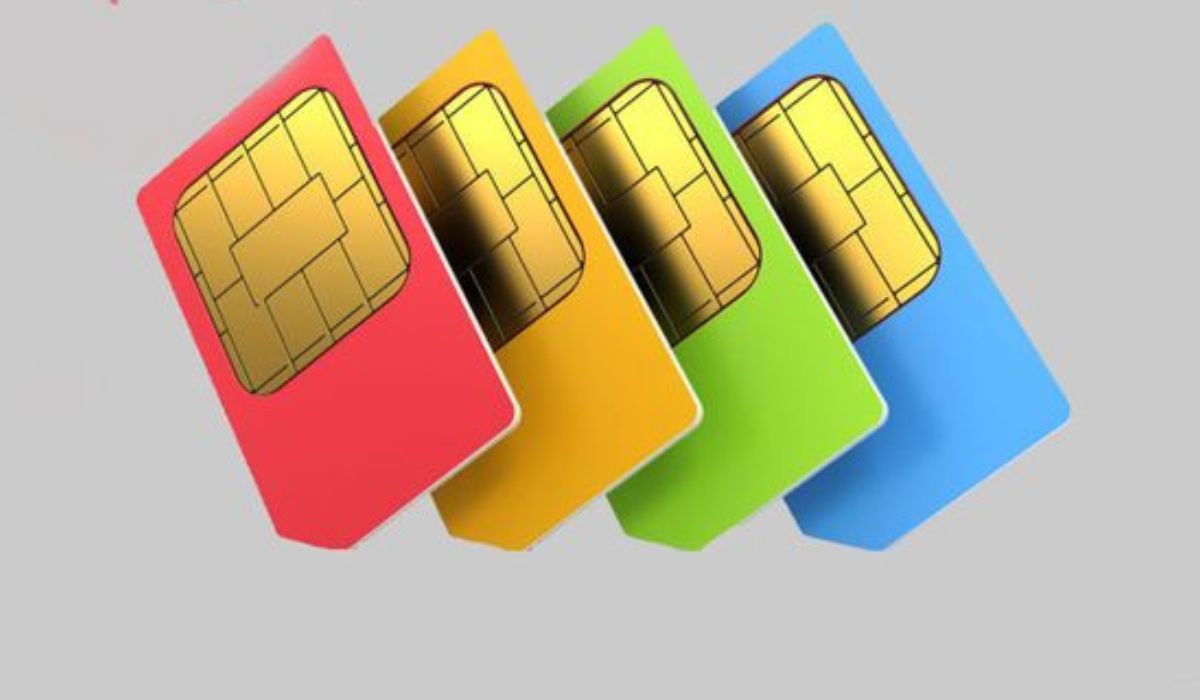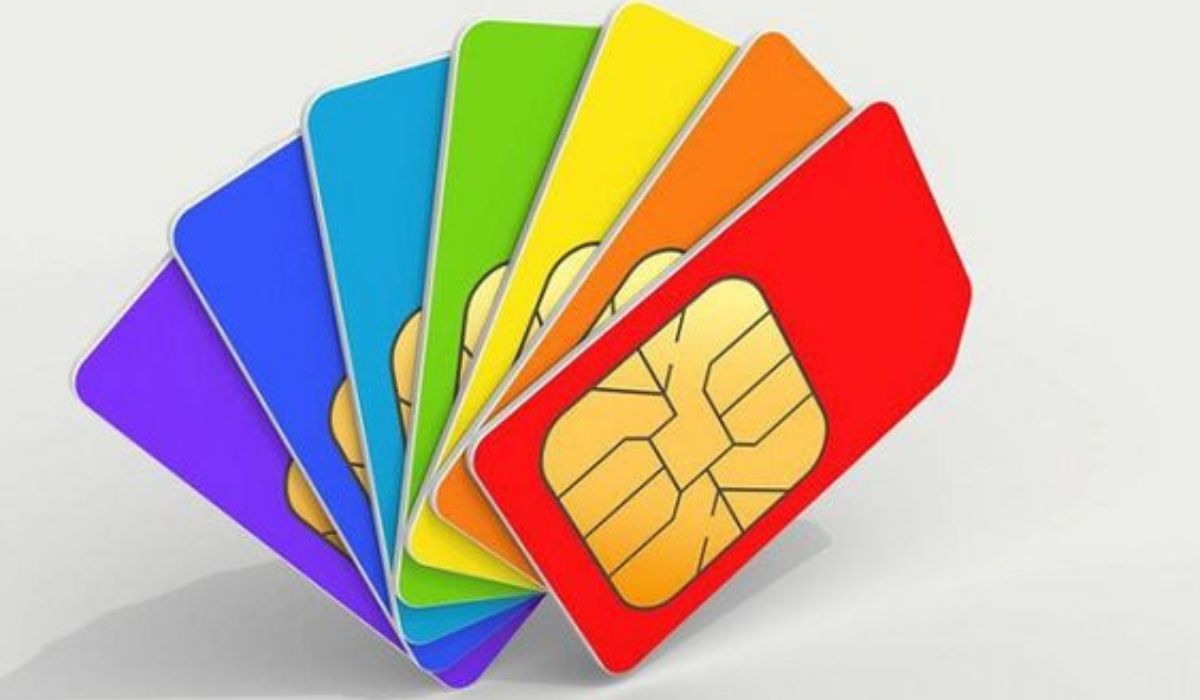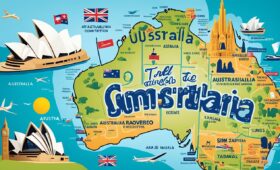
In the vast and vibrant tapestry that is South America, each country unfurls a unique blend of cultural riches, breathtaking landscapes, and unforgettable adventures. From the misty ruins of Machu Picchu to the rhythmic streets of Rio de Janeiro and the sprawling wilderness of Patagonia, the continent offers endless opportunities for exploration and discovery. In this era of digital connectivity, staying connected while traversing these diverse terrains is not just a convenience but a necessity. Whether it’s for navigating ancient Incan trails, reserving a table at a hidden gastronomic gem in Buenos Aires, or simply sharing your journey with friends and family back home, a reliable mobile connection ensures that the wonders of South America are just a tap away.
However, the choice between local SIM cards and travel SIM cards often leaves travelers perplexed. With options aplenty, the decision-making process can seem overwhelming. Local SIM cards, available from major providers in each country, offer the allure of low costs and authentic local service. On the flip side, travel SIM cards provide a seamless, though sometimes pricier, connectivity solution across multiple countries. This blog aims to demystify these options, laying out the pros and cons of each to aid the modern traveler in making an informed decision. By comparing the offerings of major local providers such as Claro, Movistar, Personal, and Entel against travel SIM alternatives like Drimsim, SimOptions, and Simify, we strive to navigate the complexities of mobile connectivity in South America. Our goal? To ensure that your journey through this enchanting continent is as connected as it is unforgettable.
Understanding Your Options
As you set foot on South American soil, eager to embark on a journey through its myriad cultures and landscapes, one of the first considerations is how you’ll stay connected. In the realm of mobile connectivity, your primary choices boil down to two options: local SIM cards and travel SIM cards. Each has its own set of advantages and disadvantages, tailored to different types of travel experiences. Let’s delve into these options to help you navigate the best path for your adventure.
Local SIM Cards
Pros:
- Cost-Effective: Generally, local SIM cards are cheaper, especially for longer stays in one country, with competitive rates for calls, texts, and data.
- High Compatibility: Tailored to the local networks, these SIMs ensure the best possible coverage and data speeds.
- Authentic Experience: Using a local SIM can offer a deeper dive into the local way of life, including access to local apps and services.
Cons:
- Registration Process: Buying a local SIM card often requires you to present a passport and, sometimes, navigate paperwork in a foreign language.
- Inconvenience for Multi-Country Trips: Travelers hopping across borders will need to purchase a new SIM in each country, which can be time-consuming.
Main Providers:
- Claro and Movistar are giants across the continent, known for their extensive coverage and a wide range of options.
- Personal specializes in the Argentine market, offering tailored plans for travelers within Argentina.
- Entel is the go-to provider in Chile, with strong coverage even in remote areas.
Travel SIM Cards
Pros:
- Convenience: A single SIM works across multiple countries, simplifying connectivity for multi-country trips.
- Easy Setup: Purchase before you travel and switch it on upon arrival, with no need for registration or paperwork.
- Predictable Costs: Fixed prices and packages allow for easier budgeting without the risk of unexpected charges.
Cons:
- Higher Costs: The convenience comes at a premium, with rates generally higher than local SIMs.
- Variable Coverage: While designed for international use, coverage can be patchier compared to local providers, depending on the region.
Popular Options:
- Drimsim offers a versatile travel SIM with coverage in multiple South American countries, ideal for those on a multi-destination itinerary.
- SimOptions and Simify provide prepaid solutions that cater to travelers seeking straightforward, upfront costs with a focus on data services.
Choosing between a local SIM card and a travel SIM card hinges on several factors, including the length of your stay, the number of countries you plan to visit, and your data needs. Local SIMs offer a cost-effective, high-coverage option for travelers spending extended time in one country or seeking an authentic local experience. In contrast, travel SIMs present a hassle-free, though pricier, solution for those crossing multiple borders or seeking convenience above all. By weighing these considerations, you can select a connectivity solution that complements your journey through the vibrant landscapes and cultures of South America.
Local SIM Cards: Dive Deep
Embarking on a journey through South America with a local SIM card not only ensures that you stay connected but also immerses you into the local culture. Let’s explore the specifics of obtaining and using local SIM cards from major providers in South America.
Claro: A Continental Giant
Coverage: Claro boasts extensive coverage across many South American countries, including Brazil, Argentina, Colombia, and Peru, making it a reliable choice for travelers in urban and many rural areas alike.
Pros:
- Broad coverage ensures connectivity in a wide range of locations.
- Competitive pricing for data and call packages.
- Easy to top up credit at numerous outlets and online.
Cons:
- Some remote areas might experience weaker signals.
- Registration may require assistance for non-Spanish speakers.
How to Obtain One:
Visit a Claro store or authorized retailer upon arrival. You’ll need to present your passport for registration. Staff typically can assist with setup and choosing the best plan for your needs.
Tips:
- Ask about short-term plans designed for tourists, which may offer additional benefits.
- Ensure your device is unlocked and compatible with local frequencies.
Movistar: A Close Contender
Coverage: Movistar offers comprehensive coverage throughout South America, with a strong presence in countries like Argentina, Chile, Colombia, and Peru.
Pros:
- Reliable coverage, especially in major cities and tourist areas.
- Various plans available, catering to different needs and budgets.
- Customer service is generally regarded as helpful.
Cons:
- Slightly more expensive than some local competitors.
- Rural coverage can be spotty in specific regions.
How to Obtain One:
Movistar stores are widespread. Bring your passport for registration. The staff can guide you through plan options and setup.
Tips:
- Check for any tourist-specific packages, which may include international calling and data bundles.
- Consider purchasing a SIM at the airport for immediate connectivity, though prices may be higher.
Personal (Argentina): The Local Choice
Coverage: Personal has solid coverage across Argentina, offering good service in both urban and rural areas, though with some limitations in remote regions.
Pros:
- Strong network in urban centers and along major travel routes.
- Competitive data packages tailored to various usage levels.
- Offers specific tourist plans with short-term validity.
Cons:
- Limited usefulness outside Argentina.
- English-speaking assistance may not be readily available.
How to Obtain One:
Personal stores and kiosks are found in major cities and airports. Your passport is required for SIM card registration.
Tips:
- Inquire about the “Turista SIM,” which is specially designed for travelers.
- Ensure you understand the top-up process, which can typically be done online or at many retail outlets.
Entel (Chile): The Preferred Network
Coverage: Entel is known for its strong and reliable coverage throughout Chile, including remote areas like Patagonia, making it the preferred choice for travelers exploring the length and breadth of the country.
Pros:
- Excellent coverage in both urban and remote areas of Chile.
- Offers various prepaid plans to suit different data needs.
- Generally, good customer service with English-speaking staff in major outlets.
Cons:
- More expensive than some international options.
- Plans and top-ups can be confusing for those not fluent in Spanish.
How to Obtain One:
Entel shops are widely available, and airport kiosks offer SIM cards. You’ll need your passport for the registration process.
Tips:
- Consider Entel if your travels focus extensively on Chile, especially in remote areas.
- Review the prepaid plans online (if possible) before visiting a store to have an idea of what you need.
Registration Process and Tips for Each
For all providers, the process involves visiting a branded store with your passport. English service availability can vary, so having a translation app or a basic understanding of Spanish/Portuguese can be helpful. Always confirm the compatibility of your phone with the local network (most modern smartphones are fine, but checking is wise), and ensure your phone is unlocked before departure. Lastly, always ask about the easiest ways to top up your balance, as this can often be done through convenience stores, online, or even ATMs.
Travel SIM Cards: A Closer Look

For the intrepid traveler hopping across South American countries, travel SIM cards offer a hassle-free way to stay connected. Let’s take a closer look at three popular travel SIM card options: Drimsim, SimOptions, and Simify, evaluating their features, pros, cons, and purchase methods.
Drimsim
Features:
- Universal SIM card that works in over 190 countries, including multiple South American nations.
- Real-time tracking of expenses through a dedicated app.
- No fixed plans, pay per use for calls, data, and texts.
Pros:
- Immediate connectivity upon landing, without the need for finding a local SIM provider.
- Flexibility in usage, with no need to commit to a specific data or call package.
- Useful for multi-country trips, avoiding the hassle of changing SIMs.
Cons:
- Higher costs compared to local SIM options, especially for data-heavy users.
- Might not provide the best network coverage in remote areas compared to local providers.
Where to Purchase:
Available online through the Drimsim official website. The SIM card is shipped to your address before departure.
SimOptions
Features:
- Offers a variety of SIM cards, including a dedicated South America Travel SIM with coverage in multiple countries.
- Comes with preloaded data, and sometimes call/text credits.
- Options for additional data purchase online.
Pros:
- No need for registration or setup; works immediately upon insertion.
- Fixed costs help with budgeting your travel expenses.
- Wide coverage, making it suitable for travelers visiting several countries.
Cons:
- Limited data options may not suit heavy internet users without additional top-ups.
- Once the preloaded credit is used, top-up options can be expensive.
Where to Purchase:
SimOptions SIM cards can be bought directly from their website, with delivery to your home address.
Simify
Features:
- Offers specific plans for South America, with various data options.
- Easy activation and management through an app.
- Money-back guarantee if not satisfied with the service.
Pros:
- Tailored options for travelers in South America, focusing on data services.
- Competitive pricing for the data packages offered.
- The app provides a straightforward way to track usage and manage your account.
Cons:
- Primarily data-focused; calling and texting may require additional apps or services.
- Coverage can vary, and might not match that of local providers in certain areas.
Where to Purchase:
Simify cards are available on their website and also through major online retailers like Amazon.
Comparison: Flexibility, Coverage, and Costs
- Flexibility: Drimsim offers the highest flexibility with its pay-per-use model, suitable for both light and heavy users. SimOptions and Simify offer more structured plans, which might appeal to travelers with specific data needs.
- Coverage: While all three provide extensive coverage, local network partnerships mean coverage can vary. Researching your destinations’ specific coverage with each SIM can prevent connectivity issues.
- Costs: Generally, travel SIM cards are more expensive than local SIM options, particularly for data. Drimsim’s pay-per-use model might result in higher costs for some, whereas SimOptions and Simify offer fixed plans which can help with budgeting but may offer less overall value for heavy data users.
For travelers valuing convenience and those visiting multiple countries, travel SIM cards are a compelling choice. However, it’s crucial to weigh the convenience against the higher costs and potentially variable coverage compared to local SIM cards. Your specific travel plans, data needs, and budget will ultimately guide your decision.
Making The Right Choice
When it comes to staying connected during your South American escapade, selecting the right SIM card boils down to a blend of personal travel dynamics and technological compatibility. Here’s a comprehensive look at factors to consider, ensuring you make an informed decision that aligns with your travel needs.
Factors to Consider
Duration of Stay: Your journey’s length significantly influences your choice. For extended stays within a single country, a local SIM card typically offers the most cost-effective solution, providing lower rates for calls, texts, and data. Conversely, if your itinerary includes multiple countries over a shorter period, a travel SIM card could save you from the hassle of acquiring a new local SIM in each destination, despite the higher cost.
Countries Visiting: The number and geographical spread of the countries you plan to visit are crucial. Local SIM cards require a new purchase with each border crossing, which can be cumbersome for a multi-country trek. Travel SIM cards shine in this scenario, offering seamless connectivity across borders. However, remember to check each SIM option’s coverage in the specific countries you’re visiting, as network partnerships can vary.
Data Needs: Assessing your data consumption is vital. If your travel involves heavy data use, such as streaming, uploading content, or frequent online navigation, you’ll need a plan that accommodates this without breaking the bank. Local SIMs often provide the best value for data, but if managing multiple SIMs is a concern, look for travel SIMs with generous data allowances or affordable top-up options.
Phone Compatibility
Unlocked Devices: Ensuring your phone is unlocked is paramount before purchasing any SIM card. An unlocked phone can accept SIM cards from any carrier, giving you the freedom to switch as your travel demands. If unsure, check with your current provider before departure; some may unlock your device upon request.
Network Compatibility: South America, like much of the world, primarily uses GSM networks. Before leaving, verify that your phone supports the GSM bands commonly used in your destinations. Most modern smartphones are equipped for global GSM frequencies, but double-checking prevents unwelcome surprises.
4G/LTE Coverage: For the best data experience, ensure your device supports the 4G/LTE bands prevalent in the countries you’ll be visiting. While 3G coverage is widespread, 4G offers significantly faster and more reliable internet access, enhancing your travel experience.
Making the right SIM card choice is a balancing act between practicality and preferences. By carefully considering your travel duration, destinations, data needs, and ensuring your phone’s compatibility, you can select a SIM option that not only keeps you connected but also enriches your journey through the diverse and captivating landscapes of South America.
Conclusion
Navigating the maze of connectivity options for your South American adventure doesn’t have to be a daunting task. By understanding the pros and cons of local and travel SIM cards, assessing your specific travel needs, and ensuring your phone’s compatibility, you can make an informed decision that best suits your journey. Whether you opt for the cost-effective local SIM cards, with their authentic immersion into each country’s mobile network, or the seamless convenience of a travel SIM card that keeps you connected across borders, the key is to balance your connectivity needs with your travel itinerary and budget.
Remember, staying connected goes beyond just having the right SIM card. It involves managing your data effectively, keeping an eye on coverage and top-up options, and using technology smartly to enhance your travel experience without overshadowing the real essence of your adventure. Tools and apps for data management and finding Wi-Fi spots can be invaluable allies in your quest to explore South America’s stunning landscapes, rich cultures, and vibrant cities.
In the end, the choice of SIM card is just one part of your broader travel preparations. Embrace the opportunity to plan wisely, ensuring that when you step onto South American soil, you’re ready not just to explore, but to share your journey, stay safe, and create unforgettable memories. So go ahead, choose the option that resonates with your travel spirit, and dive into the unparalleled beauty and diversity of South America, staying connected every step of the way.


